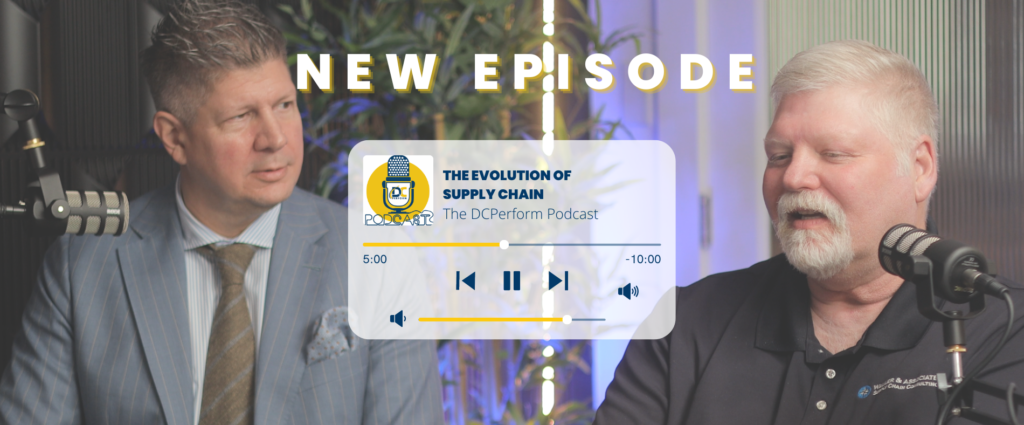The DCPerform Podcast: The Evolution of Supply Chain & Boomer to Next Gen Transition
February 28, 2023

EPISODE 6:
During this episode, Wonil Gregg, DCPerform’s VP of Customer Engagement and Experience, explores the history of supply chain with guests Jeff Waller, President & CEO of Waller & Associates, and Helgi Thor Leja, DCPerform’s Senior Customer Engagement Director. They provide historical context of supply chain, dating back to the 1800’s, share how it has evolved into what it is today, and discuss what the future looks like as the Next Generation is creeping into power.
Thanks for listening to the DCPerform Podcast!




